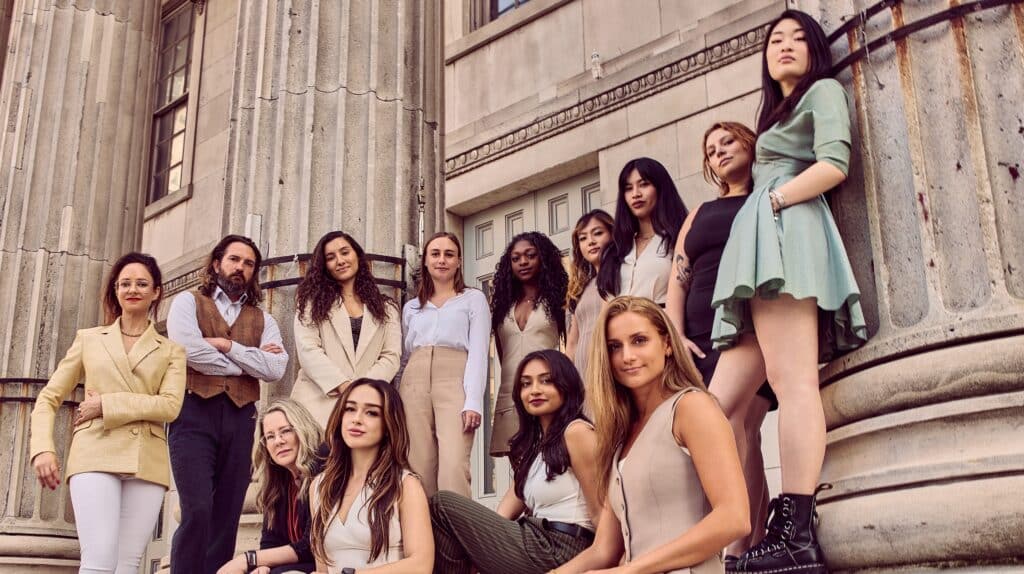National Child Abuse Prevention Month, observed during the month of April, urges us all to take a more active role in educating ourselves about and preventing child abuse. A U.S. Department of Health and Human Services initiative, NCAPM also aims to educate people that physical injury is not the only negative impact of child abuse; mental health and social development are also impaired – often for the long term.
Child abuse takes multiple forms – from neglect, to emotional bullying, to breaking bones. In our role as victims’ rights attorneys, we primarily support those affected by sexual abuse: children, their families, and those who were abused in the past and never got justice.
We increasingly see that as much as parents may try to prevent predators from harming their children, tech has given abusers unprecedented access to vulnerable minors.
Especially during this era of pandemic-induced tech-omniscience, we believe it is so important that governmental organizations, parents, schools and kid’s support systems recognize that child sexual abuse is increasingly taking place online, and join our call for prevention efforts to include the companies who enable and profit from it.
HHS acknowledges that “there are many factors beyond the individual child and family that affect caregivers’ ability to nurture and protect their children,” and in the case of child sexual abuse we know that one of those factors is the out-of-control tech platforms who have been granted almost complete immunity from liability when they enable abuse to take place on and through their products.
We cannot contemplate preventing child sexual abuse without seriously reassessing the fact that tech companies often do almost nothing about pedophiles who use their platforms to gather in communities, groom and abuse children.
C.A. Goldberg, PLLC seen a drastic increase in tech-facilitated grooming and sextortion of teens and pre-teens during this pandemic with a 75% increase in underage victims last year. And while we supported those individuals in their specific goals (helping arrange a school transfer, opening a federal investigation, mobilizing a national network of experts to supervise the psychological stability of the child involved, launching a legal case against the platform where the abuse occurred, or using our relationships with the national organizations to trace the distribution of abuse images across the internet) our sights are also set on targeting the outrageously powerful and wealthy companies who enabled the victims to be hurt in the first place, and turned a blind-eye to their pain.
We DO NOT believe the onus for preventing online child abuse should rest sole-y on children or parents or teachers or social workers, but on companies that design products that cause massive harm and refuse to utilize existing tools to avoid putting children in harm’s way in their relentless pursuit of profit.
Some info to know about online child sexual abuse:
- It can take place on mainstream social media, via text, and on live streaming platforms.
- Adults may pose as kids or teens to gain their trust. This is common on platforms such as Instagram, Facebook, Snapchat, Discord, TikTok, and Omegle which mobilize online child abuse offenders. Abusers may approach a child on social media after using it to learn about the child’s interests, friends, school, family
- Abusers may intentionally move their communications with the child from one online platform to another (e.g. moving from social media to private video chat or messaging apps)
- It may come from another child/ teen – sometimes acting on the command of an adult predator, other times of their own accord
- It may include self-generated abuse imagery: predators coerce victims into providing intimate images and using those images to humiliate or extort them later on, and exchange them with other pedophiles
Abusers use coercion tactics including:
- Reciprocation (“I’ll show you if you show me”)
- Initially offering something to the child, such as money or drugs, in exchange for sexual photos/videos
- Secretly recording sexually explicit videos of the child during video chats
- Developing a bond with the child by establishing a friendship/romantic relationship
For more resources you can check out the National Center for Missing and Exploited Children’s digital citizenship and safety initiative, NetSmartz, an educational program that utilizes games, animated videos, and more to help empower children in grades K-5 to make safer choices online.
“The best advice we have for parents is to let your kids know early on that you are there unconditionally to help him or her,” says our founder, Carrie Goldberg. “Our first priority when dealing with kids and teens who have been abused online is stabilizing them. In almost all cases, a kid who has been through this will be suicidal, sometimes completely shut down, and often reluctant to discuss what happened. It’s our job to assure you and your kid that you do have options and you can take back control over the situation.”
NOW READ:
- Offender arrested on 13 counts of cyber-harassment
- Coping with quarantine as a survivor of digital violence
- 7 figure recovery for victim of nonconsensual sex act




